Sunmine Haengbok Gejang - Dongdaemun Branch (순미네행복게장 동대문)
2.4Km 2021-03-19
38, Eulji-ro, 43-gil, Jung-gu, Seoul
+82-2-2268-2059
You can enjoy unlimited crabs marinated in soy sauce. The best menu at this restaurant is soy sauce marinated Crab. This is a Korean cuisine located in Dongdaemun Gate, Seoul.
Saemaeul Sikdang Dongdaemun(새마을식당 동대문)
2.4Km 2020-10-30
B1F, 13, Jangchungdan-ro, 13-gil, Jung-gu, Seoul
+82-2-2274-0410
This is a Korean cuisine located in Dongdaemun Gate, Seoul. The best menu at this restaurant is pork bulgogi. Experience bulgogi, a Korean traditional dish.
Myeong-dong Alssam Jjukkumi VS Budaejjigae(명동 알쌈쭈꾸미 VS 부대찌개)
2.4Km 2021-04-09
13, Jangchungdan-ro, 13-gil, Jung-gu, Seoul
+82-2-2275-9023
It is a place where you can enjoy grilled jjukumi (webfoot octopus) with egg wraps. The best menu at this restaurant is sausage stew. This Korean dishes restaurant is located in Jung-gu, Seoul.
Châtaigne (샤떼뉴)
2.4Km 2021-12-29
19, Samcheong-ro 5-gil, Jongno-gu, Seoul
+82-2-736-5385
Châtaigne is a French restaurant housed in a charming hanok (traditional Korean house) that was remodelled to accommodate dining tables and chairs. Châtaigne uses seasonal ingredients to create a simple and unique French course meal.
Hello Apm (헬로우 에이피엠)
2.4Km 2024-01-26
Jangchungdan-ro 253, Jung-gu, Seúl
Festival de Arte de Corea (대한민국 미술축제)
2.4Km 2025-07-31
Daehak-ro 57, Jongno-gu, Seúl
070-7575-0980
Nuwa [Korea Quality] / 누와 [한국관광 품질인증/Korea Quality]
2.4Km 2021-03-29
3-1, Pirundae-ro 5na-gil, Jongno-gu, Seoul
This hanok (traditional Korean house) is located deep in the Seochon Village, west of Seoul’s Gyeongbokgung Palace. Its tasteful renovation of a small 33 m2 hanok made it highly popular among the younger guests. The courtyard has a low maple tree and tastefully arranged stones, while the hanok is capable of accommodating up to 2 persons.
This L-shaped hanok has a full window wall facing the living room, which is furnished with a low walnut table and a bathtub. Visitors can enjoy premium tea at the table. The bathtub, which is connected to the table at one end, can be used mainly for a foot bath with bath salts that assist circulation. There is also a restroom in the building.
Nuwa’s bedroom has a circular window, much like the full moon, with a view of the garden and the fringes of the Inwangsan Mountain.
Inwoohouse [Korea Quality] (인우하우스 [한국관광 품질인증])
2.4Km 2025-07-18
9, Gyedong 6-gil, Jongno-gu, Seoul
Mercado Tongin (통인시장)
2.4Km 2025-07-01
Jahamun-ro 15-gil 18, Jongno-gu, Seúl.
Parque Hyochang de Seúl (서울 효창공원)
2.4Km 2023-04-07
Hyochangwon-ro 177-18, Yongsan-gu, Seúl
+82-2-2199-8823
El Parque Hyochang, de 122.245 metros cuadrados, está situado en Hyochang-dong y Cheongpa 2-dong. Es un lugar histórico, que antes contenía varias tumbas reales, era conocida en aquel entonces como Hyochangwon. Las tumbas, que estaban originalmente en Hyochangwon, son del príncipe heredero Munhyo (primogénito del rey Jeongjo, que fue muerto con solo 5 años), la Noble Consorte Real Uibin del Clan Seong (concubina real del rey Jeongjo y madre del príncipe heredero Munhyo), la Noble Cosorte Real Sugui del Clan Park (concubina real del rey Sunjo), y su hija, la princesa Yeongon. Las tumbas reales fueron trasladadas al cementerio real Seosamreung durante el período colonial japonés. En 1924, el Imperio Japonés implementó la renovación de Hyochangwon para convertirlo en un parque, y en 1940, el gobernador general japonés, oficialmente, designó este sitio como un parque.
En la actualidad, algunos de los grandes líderes coreanos están enterrados en el Parque Hyochang. La mayoría de los restos son de activistas independentistas frente a Japón, incluyendo Yoon Bong-gil, Lee Bong-chang y Baek Jeong-gi, cuyas sepulturas son colectivamente conocidas como “Samuisa-myo” (tumbas de los tres mártires). Una estatua de Lee Bong-chang se levanta en el cementerio. Otros mártires patriotas que están inhumados en el parque son Kim Koo y algunos de los personajes importantes del Gobierno Provisional de Corea, tales como Lee Dong-nyeong, Cha I-seok y Cho Seong-hwan. El santuario ancestral, llamado Uiyeolsa, se encuentra al lado de la puerta principal y cuenta con los retratos de los difuntos independentistas.

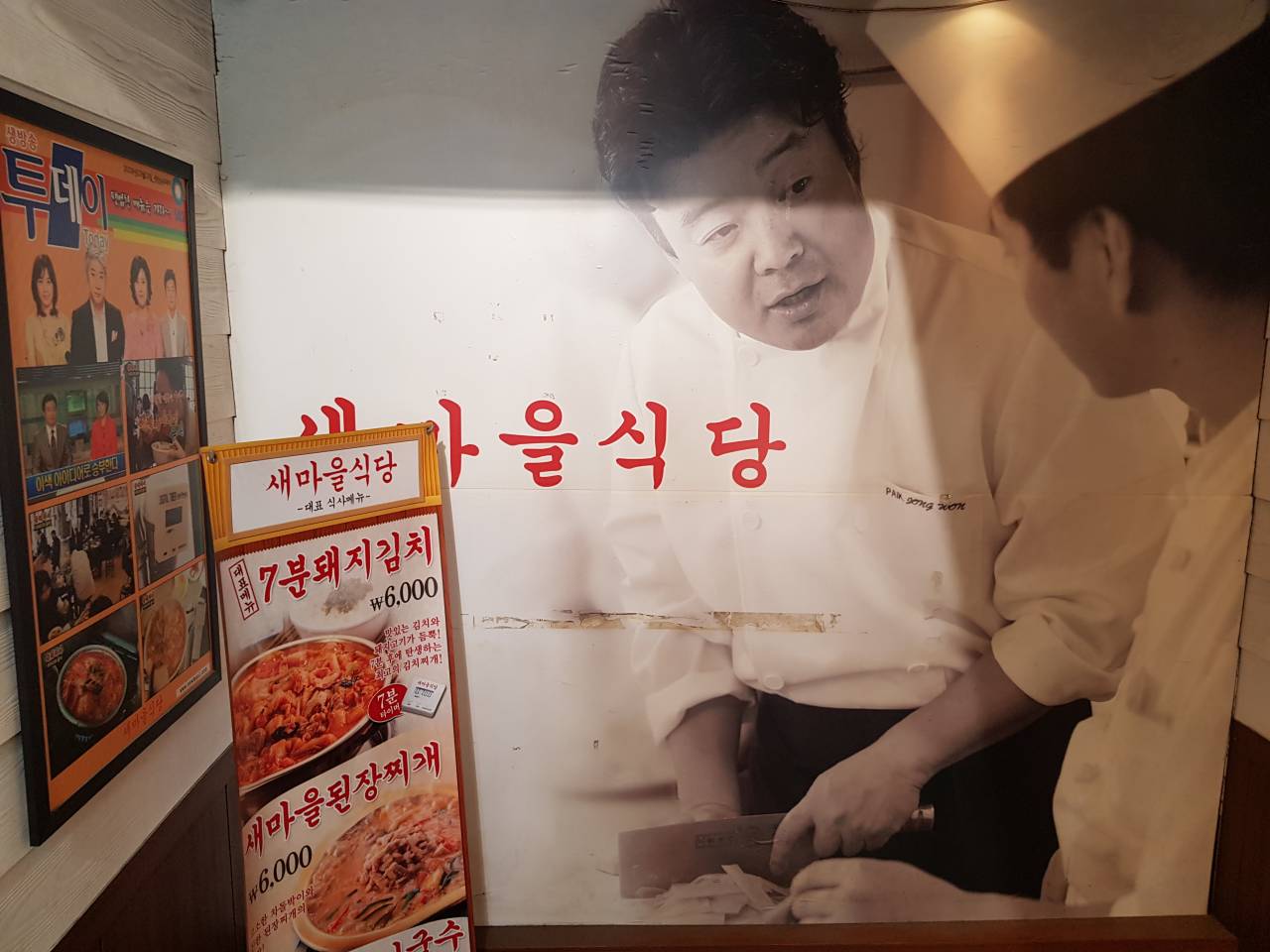
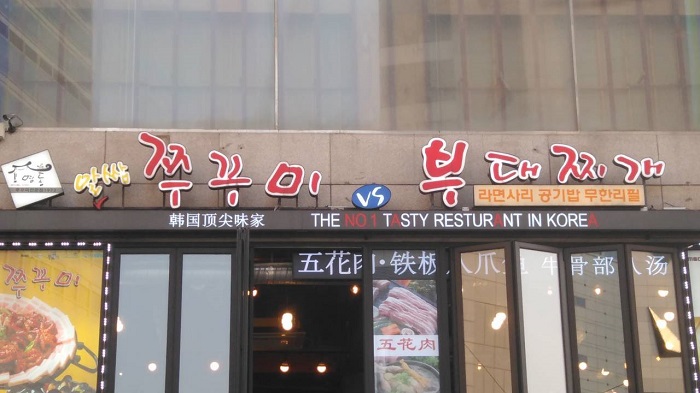
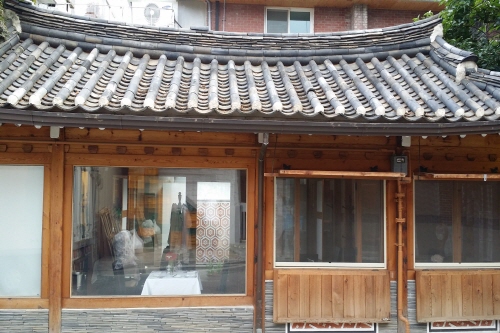
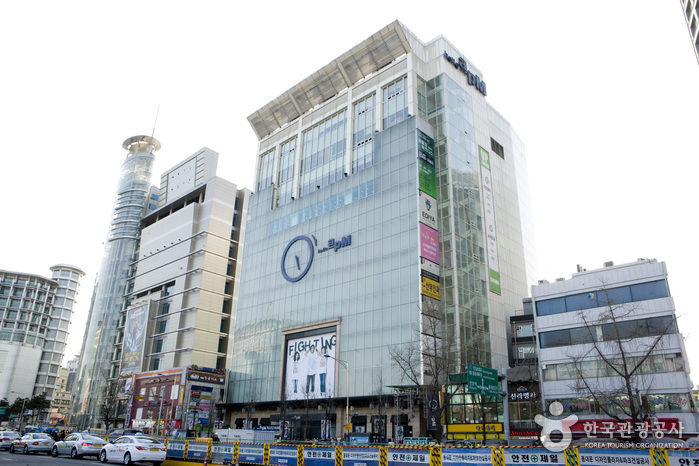
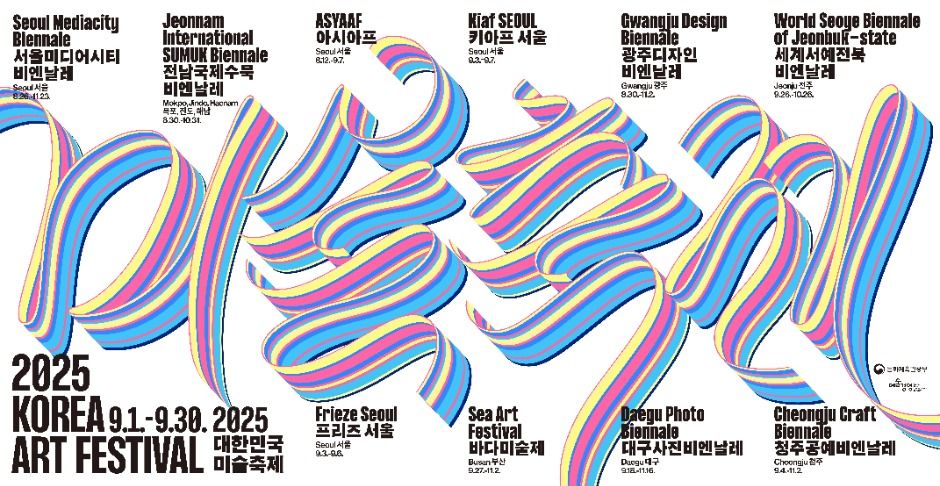
![Nuwa [Korea Quality] / 누와 [한국관광 품질인증/Korea Quality]](http://tong.visitkorea.or.kr/cms/resource/07/2707607_image2_1.jpg)
![Inwoohouse [Korea Quality] (인우하우스 [한국관광 품질인증])](http://tong.visitkorea.or.kr/cms/resource/56/3009456_image2_1.jpg)

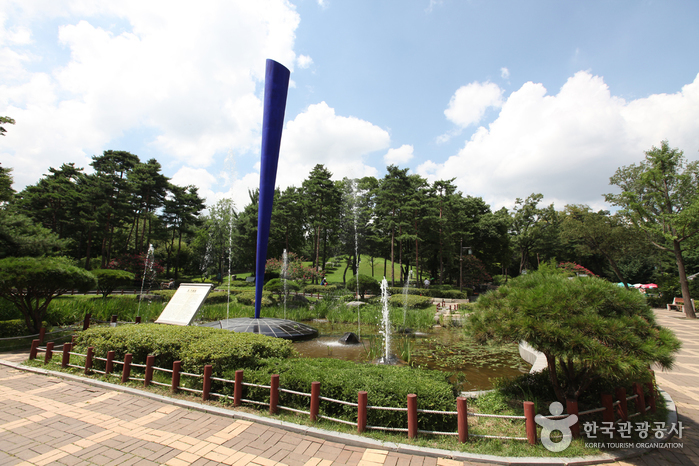
 Español
Español
 한국어
한국어 English
English 日本語
日本語 中文(简体)
中文(简体) Deutsch
Deutsch Français
Français Русский
Русский